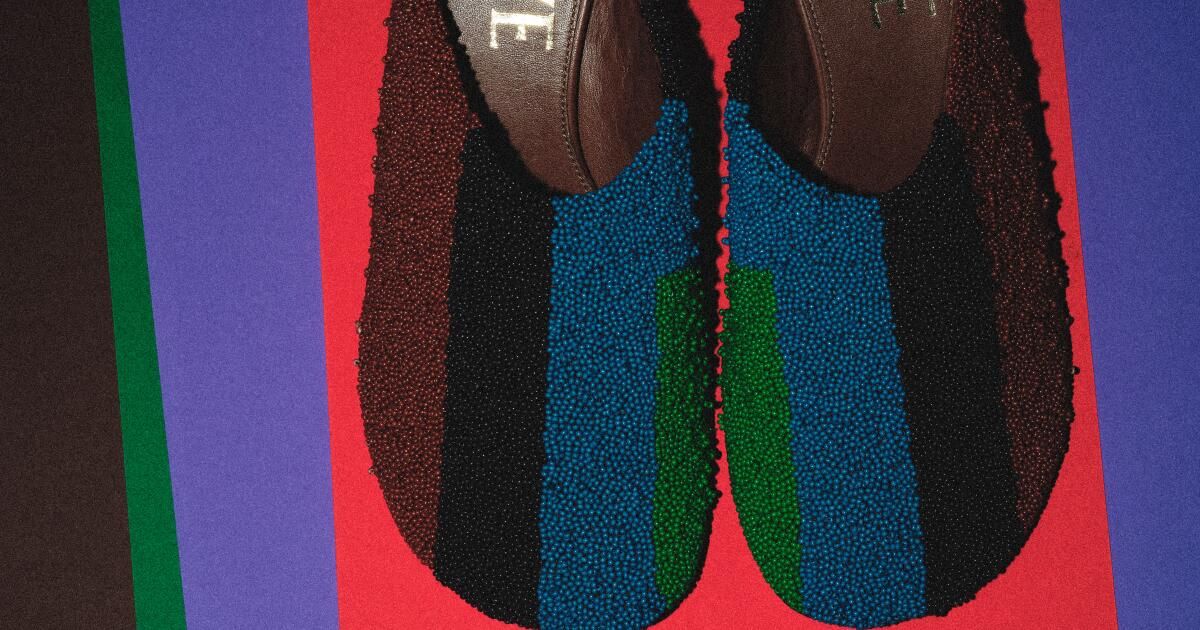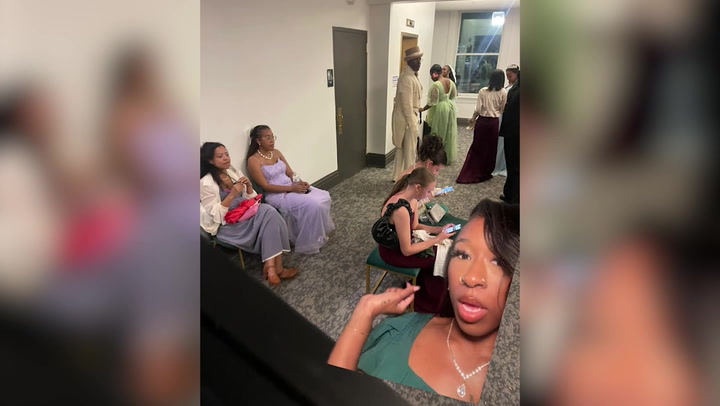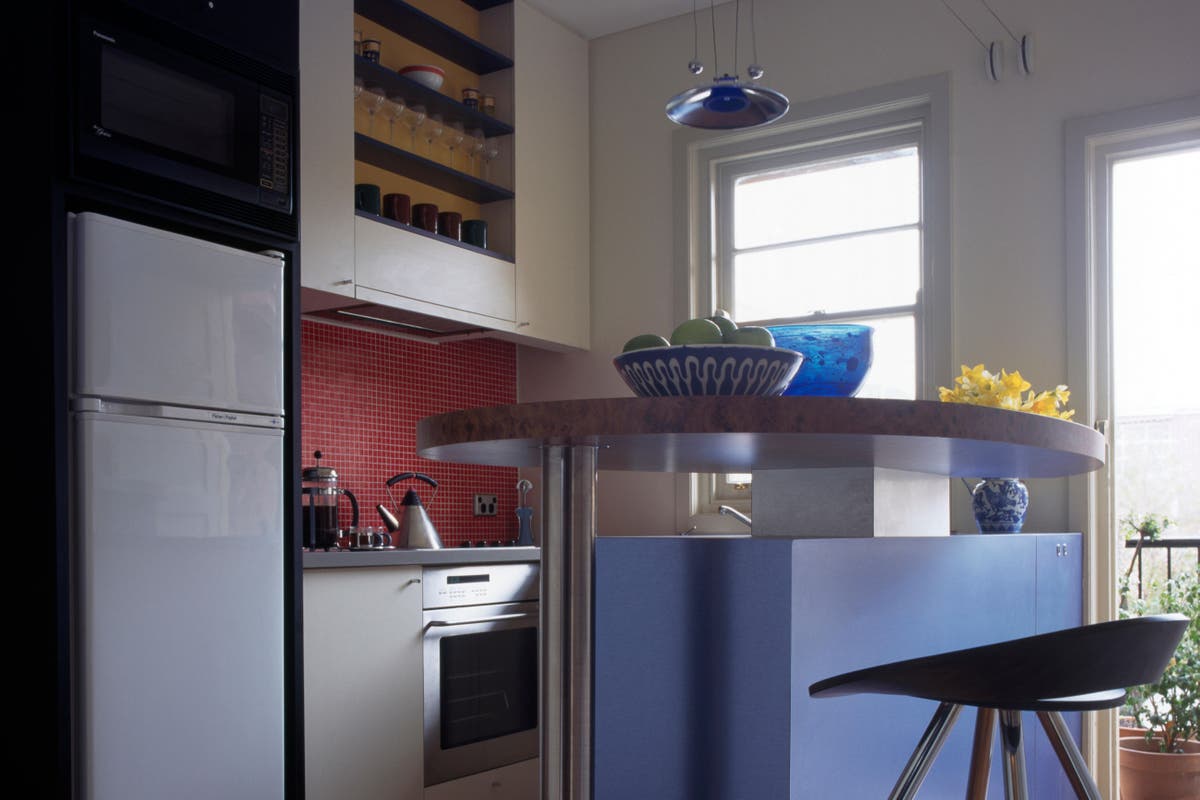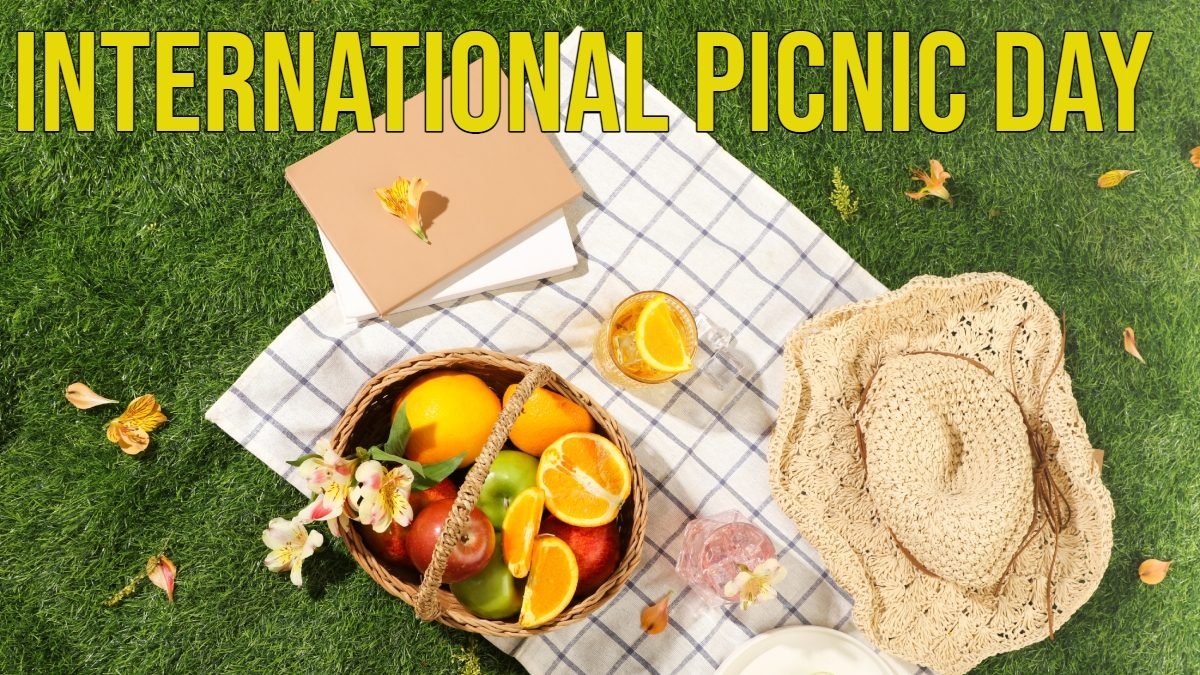With all musical chairs in fashion houses this last year, it was easy to miss how Jonathan Anderson used his final collection in Loewe to consolidate his reputation as craft champion. Presented in silence in Paris in March, eclipsed by the great movement of the designer to Dior, the autumn/winter line ready to use highlights a collaboration with the Josef and Anni Albers Foundation, a perfect appropriate one for the 11 -year possession of Anderson in the Spanish Maison not only for the introduction of the Loea Fashion Prize, but an innovative vision of Luxury of Anderson for the arts Artisanal, the concert, the introduction, the introduction of Luxury.
Faithful to the spirit of Loewe de Anderson, there is an underlying ingenuity in the collection. The jackets are as if you threw a blanket. The bags are similar and delicious. This simplicity feels deeply considered and aligned with the spirit of the function of the function of the form of Bauhaus, where Josef and Anni met in the 1920s, a philosophy that led to Black Mountain College, where they landed after Bauhaus closed under the growing Nazi repression. The same reason he could call this collaboration obvious is what makes it a concise thesis on Anderson's power in the last 11 years. The modernist revival of the twentieth century of Craft offers a road map to understand why his surrealism of Wabi-Sabi in Loewe resonated so intensely, and nobody channels this story like Josef and Anni.
“In our current era of extreme violence and restlessness, it feels so logical to return to the work of the Albers, which was in itself a reaction to war,” says author and artist Calla Henkel, whose latest novel, “Scrap”, placed himself in the artisanal community of North Carolina, where Black Mountain's experiment appeared. “The creative production of albers evokes a mystical idea of balance in live work; it is easy to imagine them at home, wrapped in the contemplative heat of doing things next to each other. I long for that moment, also because it was a version of the United States that was anti-nazi.”

Flamenco Bag of Loewe Medum Potted
For Acolytes Albers, there are some incredible details in the new Loewe collection. For example, many of the bags of the bag [her book] 'About weaving' she underlines how the very particular qualities of really elementary things, such as a thread, combine in something complex and fascinating, “explains Sophy Naess, artist and senior criticism of the Yale School of art.” There is something very fundamental in textile work with the things that chain things together. Using a tape to intertwine a lot of washing machines is a good example. “
When Anni Albers published his theoretical opus Magnum “On Weaving” in 1965, she was already regretting the loss of our tactile sensibilities, which have undeniably worsened in the digital age. “Very often my students say they just want to work with their more hands. They do not necessarily have specific reasons, but they want to be more involved with crafts in some way because they feel deprived of this material sensitivity,” Naess observes.
Anni Albers feels especially in the air at this time. The manufacturer of Interiors Italian, deduce, debuted his own collaboration that reinterprets his fabrics in the Milan Design Week in April, while Mexican architect Frida Escobedo has summoned the rhythmic grids of Anni Albers as a key inspiration for the Façade de Latticada Limestone Façade.
Reimaginating the tapestries of the 50s of Anni Albers such as Haewe: the jacquard of its jackets and bags woven in mechanical looms and finished with manual rotation techniques, is also a strangely elegant way to involve the “traditional” strangulation on cultural imagination, from mormon spouses to the republicans of floral dress. Taking advantage of the artisanal revival of yesteryear speaks of a cyclical impulse for the structure in the middle of the chaos of now.
While Loewe's collaboration is based on Josef and Anni Albers, folding his creative association and his love story in his narrative, the translation of the color paintings “Homage to The Square” by Josef in shoes, shirts, skirts, bags and wallets feels more like a large amount of commerce (it is not necessarily a dirty word; a long time is one of the strengths of Anderson. But, ultimately, the “tribute” tributes land with less impact because they do not have the same touch wealth as those that channel Anni's tissues. An exception is a small Loewe cube bag inspired by Josef's first glass assembly experiments when I was a Bauhaus student, who abounds in glass bobbles and haptic surprise.

Loewe Medum Flamenco Purse Pasto
Anni Albers did not choose crafts. Like his mentor Gunta Stölzl, he was directed towards Bauhaus's fabric workshop because textiles considered the work of women. He spent his career advocating crafts should be taken as seriously as the Fine Arts. Only in the last decade more or less, the world of art and design really obtained the note, an enthusiastic correction of the course that made possible the recovery of Anni Albers's legacy. Like many of those reversions, sometimes it has been a bit clumsy, complicated by the fact that Albers' practice borrowed, quite openly, indigenous traditions, specifically old of Peruvian fabric.
The Loewe Craft award, instituted under the creative direction of Anderson in 2016, contributed and capitalized this growing impulse around crafts. “It is obvious that the Craft Prize is Craft Honor, which is part of Loewe's inheritance, but also very intelligently points to people who are not so interested in fashion that Loewe appreciates other beautiful things of value,” explains Felix Burrichter, creative director of the design magazine. “They are saying that if you are interested in these other beautiful things, then Loewe could be a brand that understands you.” It is no coincidence, it is known that iconoclastic artists such as priceus okoyomon and Sylvie Fleury use Loewe.
Like Jack McColough and Lazaro Hernández, previously from Proenza Schouler, they take the Loewe's mantle, there are indications that they will continue to reaffirm crafts as an integral essence of the brand's DNA. “[McCollough and Hernandez] I have always shown interest on that side of the design, but they never had the resources and access to work with bullfighters at the level of what they will have through Loewe. I guess they will now push the material exploration now, “says Burrichter.
We like it or not, fashion has become a key vehicle to popularize the art and history of design. It will be interesting to see how McColough and Hernández will play with this in Loewe. “Looking at Anderson's robust commitment to the artists' farms, his choices became more and more the mainstream during his mandate,” says Alexandra Cunningham Cameron, a contemporary design curator at the Smithsonian Design Museum of Cooper Hewitt. “I myself please exchanges with living artists such as the 'Show on a wall' kit with Anthea Hamilton.”
As Basic girl (At least in terms of crafts) such as this collaboration Loewe X Albers is historically expert art. In Naess, “there will be all these rich textile ladies that will need to have these pieces.”














